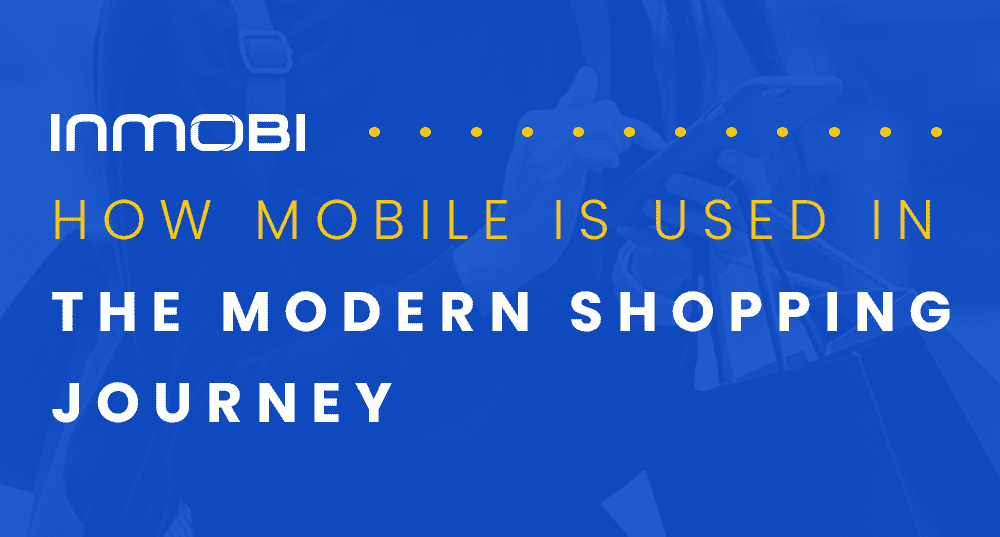- Advertising
- Media Consumption & Trends
2021 Year in Review: What the Past Year Says About 2022 For Retailers

To say that 2021 has been a whirlwind year for retailers (and CPG brands) would be an understatement. Despite the widespread rollout of vaccines in the U.S., the Delta and Omicron variants continued to impact consumer behaviors.
Now that 2021 is finally behind us, what does the future hold in store for brands and retailers? Specifically, here are the major trends from the past year that will continue to impact brand and retailers for the foreseeable future.
Trend #1 From 2021: The Demise of Brand Loyalty
With the pandemic continuing to cause delays as a result of supply chain and labor shortfalls, consumers pivoted. These disruptions led consumers to instead prioritize availability, price and convenience over brand loyalty.
According to data from McKinsey, 73% of consumers in the U.S. said they tried new shopping behaviors because of the COVID-19 pandemic. This is a staggering shift in consumer behavior.
But will it stick? The vast majority of those polled by McKinsey said they plan to continue with their newly acquired shopping habits even once the pandemic was over.
Expectations Leading into 2022: It’s worth noting that some of the issues that caused consumers to switch brands in the past 24 months will hopefully dissipate by the end of 2022 – namely labor shortages and supply chain issues. That being said, expect trends related to convenience to continue to entice consumers.
For example, it’s easy to see how options like curbside pickup or rush delivery (30 minutes or less) will continue to entice consumers even in a post-pandemic landscape. The brands that can offer consumers exactly what they want when they want it are the ones that will engender lasting brand loyalty moving forward.
Trend #2 From 2021: The Demise of Seasonality
Many leading brands and retailers have long been attuned to certain buying cycles: Back-to-school shopping during late summer, the holiday shopping season in November and December, etc. But as social media and mobile enable always-on shopping, some of these supposedly set seasonal cycles are being eroded.
Take holiday shopping for example. In the U.S., around 40% of shoppers say they make some holiday-related purchases before Halloween, and half get started before Black Friday (I.e., when the holiday shopping season historically begins).
Expectations Leading into 2022: While some of this early shopping last year is related to supply chain and labor issues, this trend is 100% here to stay. If anything, it will be even easier for consumers to learn about and buy products in 2022 than it ever has been in the past.
Trend #3 From 2021: The Growth Of M-Commerce
E-commerce overall has seen tremendous growth during the pandemic. Not only did U.S. e-commerce sales rise by over 32% in 2020, but it grew by another 18% in 2021, according to eMarketer.
A lot of this growth is increasingly coming from mobile devices. Last year, around a third of all U.S. e-commerce transactions came from smartphones or tablets. Overall, over $295 billion in sales occurred through m-commerce transactions, which was up around 20% from 2020.
Expectations Leading into 2022: M-commerce will continue to grow significantly in 2022. Next year, eMarketer predicts that over one in four U.S. e-commerce dollars will originate from smartphones – and by 2025, over 44% of all U.S. retail e-commerce sales will come from mobile devices.
Trend #4 From 2021: The Growth Of Retail Media
Last year, many leading retailers rushed to monetize their e-commerce platforms – and new, growing e-commerce traffic. 2021 witnessed a new Gold Rush for retail media, with major brands like Best Buy and Dollar General launching their own retail media networks.
The emergence of retail media networks has been a boon for retailers and their brand partners. For retailers, it gives them a new revenue stream. For brands, retail media gives them a new way to reach target consumers right at the point of sale.
Expectations Leading into 2022: Expect retail media to keep growing in 2022, with more retailers launching their own networks and with more brands running retail media ads. In fact, Forrester predicts global retail media sales to reach $50 billion this year.
Trend #5 From 2021: Physical and Digital Shopping Melding Together
With the pandemic halting previous in-person shopping behaviors for many consumers, brands and retailers have pivoted, using digital experiences to simplify the physical shopping experience. Some examples of this dynamic in action include QR codes, buy online, pick up in store (BOPIS)/curbside pickup, and augmented reality. As the old saying goes, necessity is the mother of invention.
Expectations Leading into 2022: It remains to be seen whether some of these innovations will stick around when consumers can resume their old shopping habits, but some of these will still prove popular with consumers in 2022 and beyond. As we’ve noted before, innovation that makes the lives of consumers easier and more streamlined will prove popular even when they’re not a necessity.
The Key To Future Success? Mobile
While 2022 will undoubtedly see more innovation and change in the retail and CPG world, the brands that will continue to succeed are the ones that are mobile first. It’s through mobile devices and apps that brands and retailers will be able to understand and reach consumers in ways that matter.
Interested in learning more about how to succeed with mobile in 2022? Reach out today to schedule time with our team of experts.
Stay Up to Date
Register to our blog updates newsletter to receive the latest content in your inbox.









